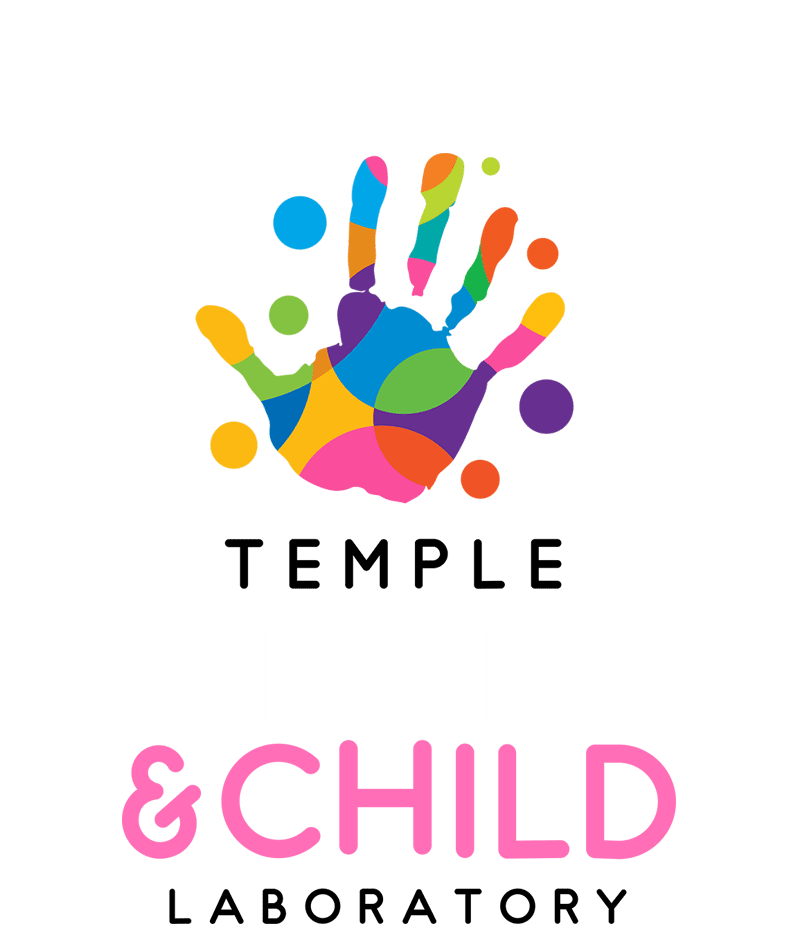Computerized Assessment
Language is a core ability needed for academic and social success. Understanding teachers and peers, following narratives, telling stories, participating in conversation, learning to read, and learning to do math all rest on linguistic skill. However, by age 3, there is already striking variation in children’s verbal ability. Therefore, it is important to identify young children who are at risk for experiencing language difficulties to create opportunities for intervention. There is a need for a quick and efficient language screener that is reliable, valid, and culturally nonbiased.
Our lab collaborated with the University of Delaware and Smith College to develop a language screener to fill this need. We developed an easy-to-administer, tablet-based language assessment, the Quick Interactive Language ScreenerTM (QUILSTM) for 3- through 5-year-olds, examining their vocabulary, syntax, and process (how they learn new language items). The screener capitalizes on touchscreen technology to assess language comprehension, because children often understand more language than they produce and because production measures alone are poor predictors of language impairment. QUILSTM has a version available for monolingual English-speaking children and a forthcoming version for dual language learners of English and Spanish (QUILS: ES). These assessments are animated, dynamic, and fun for children.
The QUILSTM is not only a valid and reliable screener of children’s language comprehension, but also serves as a powerful research tool. With this tool, we have examined questions about how children use process skills such as fast mapping to learn new words and how socioeconomic status relates to children’s language products and processes.
We are currently developing a downward extension of the QUILSTM for 2-year-olds, in order to identify toddlers who may be at risk for developing language impairment and increase the likelihood that appropriate interventions can begin early to forestall continuing language problems. Similar to the QUILSTM, the Baby QUILS assesses children’s vocabulary, syntax, and language-learning process skills using a unique, digitally engaging format on a touchscreen tablet. We have already completed two rounds of testing to refine the Baby QUILS, and we are now conducting a final round of field testing to finalize the test items, develop norms for the screener, and evaluate test-retest reliability and convergent validity.
PAPER 1: Aravind, A., de Villiers, J., Pace, A., Valentine, H., Golinkoff, R., Hirsh-Pasek, K., Iglesias, A., & Wilson, M. S. (2018). Fast mapping word meanings across trials: Young children forget all but their first guess. Cognition, 177, 177-188.
PAPER 2: Levine, D., Pace, A., Luo, R., Hirsh-Pasek, K., Golinkoff, R. M., de Villiers, J., Iglesias, A., & Wilson, M. S. (2020). Evaluating socioeconomic gaps in preschoolers’ vocabulary, syntax, and language process skills with the Quick Interactive Language Screener (QUILS). Early Childhood Research Quarterly, 50, 114-128.
PRESENTATION 1: Levine, D., Odean, R., Weaver, H., Puttre, H., Jackson, E., McCollum, R., Stites, L. J., Hish-Pasek, K., Golinkoff, R. M., de Villiers, J., & Iglesias, A. (2019, March). Socioeconomic differences in vocabulary, syntax, and process at age two: Assessment with Baby QUILS. Poster presented at the Society for Research in Child Development Preconference on Bridging the Word Gap, Baltimore, MD.
PRESENTATION 2: Weaver, H., Puttre, H., Odean, R., Levine, D., Jackson, E., McCollum, R., Iglesias, A., de Villiers, J., Golinkoff, R. M., Hirsh-Pasek, K. (2019, May). Screening two-year-olds for language issues through comprehension: Convergent validity of the Baby QUILS with the MCDI. Poster presented at the 31st Association for Psychological Science Annual Convention, Washington, D.C.




